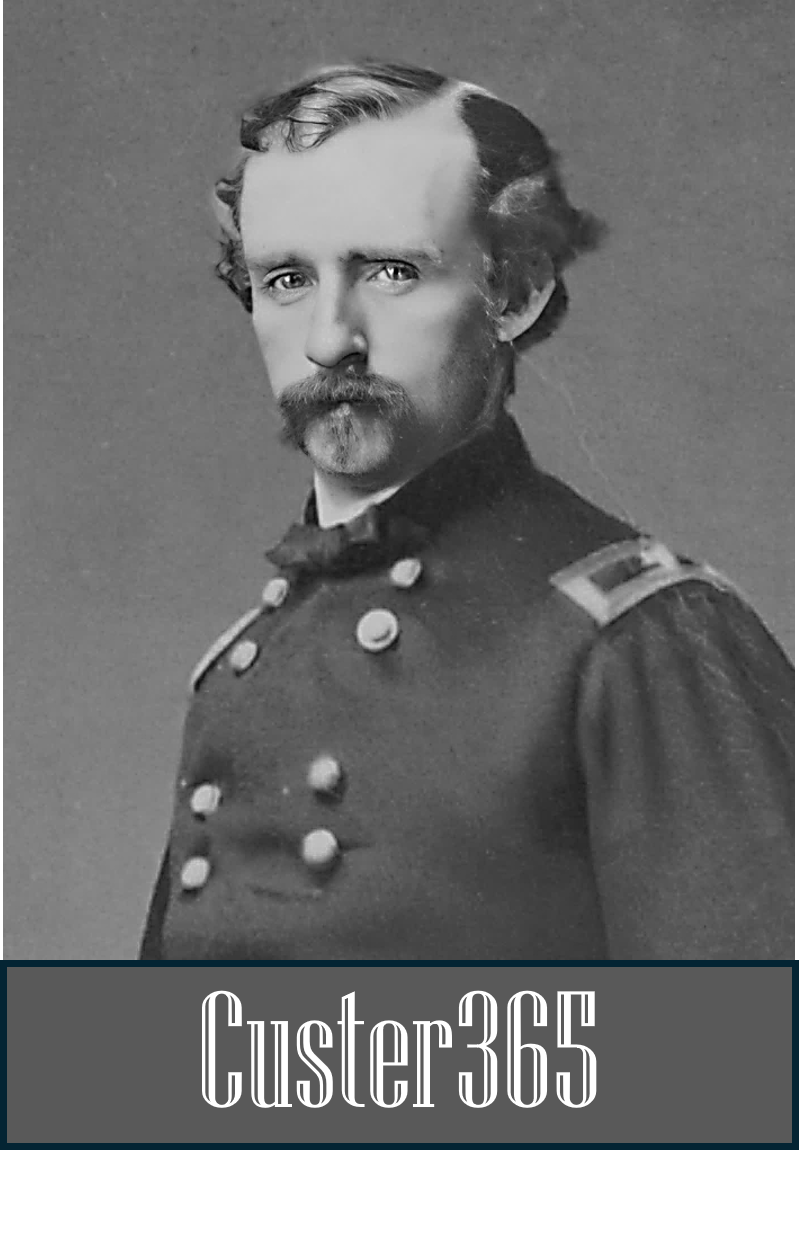AUG 11: Name Change
On this day in 2016, the U.S. Board of Geographic Names renames Harney Peak as Black Elk Peak, to honor Nicholas Black Elk and recognize the significance of the peak and the sacred Black Hills (Paha Sapa) to Native Americans. (NOTE: Our July 31 post, “Did Custer Climb It?”, covered George Custer’s claim to have climbed Harney Peak in 1874.)
According to the Akta Lakota Museum & Cultural Center in Chamberlain, S.D., Black Elk was born on the Little Powder River in December 1863 and was Oglalla Lakota. He witnessed the Battle of the Little Bighorn in 1876 when he was 13. Following the end of the Sioux wars, his family joined Crazy Horse in initially refusing to move onto the reservation; after finally yielding, Crazy Horse was killed. Black Elk and his family immediately fled to Canada where they joined Sitting Bull and his followers. The harshness of the winters and near starvation drove them back to the United States where they settled.
By the time he returned from Canada, his reputation had preceded him as a gifted medicine person, and he was sought after as a healer. Black Elk traveled to Europe with Buffalo Bill’s Wild West Show and appeared before Queen Victoria during the celebration of her Diamond Jubilee in 1897.
Black Elk died on August 19, 1950, at Manderson , S.D..
At 7,442 feet, Black Elk Peak is the highest point in South Dakota as well as the highest point east of the Colorado Rockies. The next-highest peak in the United States is Mount Mitchell in North Carolina with an elevation of 6,684 feet. By comparison, Mount Washington in New Hampshire stands at 6,288 feet.
Nicholas Black Elk. (Credit: Akta Lakota Museum & Cultural Center)



